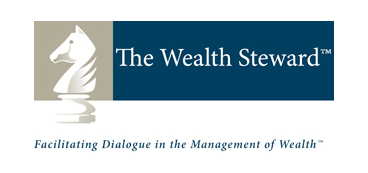By Adam Laird on February 2, 2013
The headline on the front page of the Globe and Mail today reads “Get Back in the Market…Now!” The lead article in the Report on Business is entitled “The End of Fear”. Wow! Isn’t it so often the way?
The Dow closed yesterday through the 14,000 level for the first time since 2007 and sits less than 160 points from its all time high. While the Canadian equity market has lagged on a relative basis over the last year or so, returns have still been positive and significantly better than have been achieved by “risk free” investments. Cash has certainly not been “king” from an investment returns perspective. And, with Central Banks around the globe maintaining their commitment to monetary stimulus for the foreseeable future, those invested in cash, money market funds or even government bond portfolios are likely to continue to earn next to zero, if not negative real rates of return.
What a difference a year makes! Looking back from February 2012, 2011 had been a tough year in the equity markets. The US economy was still sputtering, the jury was out on just what sort of “landing” the Chinese economy was going to experience and sovereign debt issues in Europe were still in a crisis state. With the memories of 2008 – 2009 still fresh in investors’ memories, massive amounts of money was moving from equities into bonds. Fear was building not ending. However, the move from equities to bonds turned out to be rather costly from an opportunity perspective. We won’t know until this time next year whether the Globe and Mail’s headline turns out to be a good suggestion or a bad one.
The Globe and Mail reports the news. It does not give investment advice. The trouble is, too many investors (and advisors unfortunately) seem to ultimately base their investment decision on news. Instead of focusing on their investment goals and aligning appropriate investment solutions against them, they focus on what is happening in the investment world and try and make their goals align with this.
Equity market performance over the short term should not be seen as a harbinger for performance over the long term. We know that. Positive market performance turns negative and negative performance turns positive. If we know it, we should be able to take better advantage of this fact. How? By removing the one all too frequent ingredient in most investment decisions – emotion, specifically fear and greed. These two emotions fuel the fire that all too frequently consumes unnecessary portions of their portfolio, or its potential return. How do you remove these emotions? By focusing on the purpose or goal of the investment and understand both your willingness and your capacity for risk (defined not as standard deviation or some other statistical measure but as capital loss or income impairment). Time is a double edge sword. Short term goals must be managed differently from long term goals. A short term goal should emphasize security of capital and income irrespective of the prospects for return of more growth oriented investments. Likewise, to remain in “risk free” investments when the need for capital and or income is many years in the future can result in significant opportunity costs. Aligning specific investment goals against prudent investment structures and then managing those structures through time insulates an investor from the necessity of having to react to significant short term market movements based upon fear or greed.
Should investors “Get Back in The Market Now”? The answer to that question is not based in last year’s equity market returns or the current yield on a 10 year bond. It’s based upon what it is they want their money to do for them and when. Knowing that, and then putting a prudent investment strategy in place to achieve it, will go a long way to ending their fears about what the markets might or might not do this year.
- Portfolio Design is Crucial. Here’s Why. - October 2, 2024
- Portfolio Design: How this Matters Greatly - July 17, 2024
- Future Thinking is Portfolio Design - June 5, 2024



